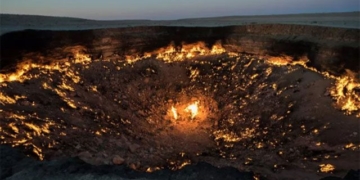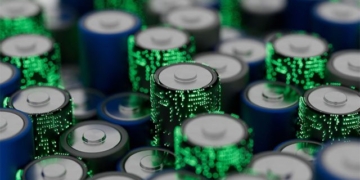Gold coins dating back 2,173 years from the Iron Age, discovered by a metal detectorist, will be auctioned on September 28, with an estimated value of around £30,000.
The collection consists of 12 coins found by Eldridge, a metal detectorist, since November 2019, and they are expected to sell for £30,000 when auctioned by Spink & Son in London. X-ray fluorescence analysis confirmed that they contain about 75% gold, along with a silver and copper alloy, indicating the economic context in which these early gold coins of Britain were circulated.

Gold coins from the Iron Age. Photo: Spink/BNPS
Experts at the British Museum have identified that the treasure originates from the Catuvellauni tribe, who lived in what is now Picardy, France, and was minted in 150 BC, as reported by the Daily Mail on September 26. The Catuvellauni became the most powerful tribe in Britain in the following century.
“While individual gold coins from this period have been found in southeastern England, the discovery of a hoard of such size and age is extremely rare. Local coins from that time were simply minted from a base metal called ‘potin.’ Therefore, anyone who imported this gold hoard certainly had significant influence in the region,” said Gregory Edmund, a senior expert at Spink & Son.
It is likely that this gold was brought to Britain in exchange for mercenaries, equipment, and hunting dogs to fight the Romans or other tribes in Belgium, according to Edmund. “A hoard of coins with such quantity and age has never been recorded archaeologically. There are other hoards from this period, but they only consist of three coins,” he stated.
The coins show signs of heavy use and are not in pristine condition when buried underground. However, they still retain remarkable details of a rare form of Iron Age art. Many experts believe that the portrait on the coins is intentionally depicted in an androgynous manner, even though it is modeled after the male figure of Apollo. “The feminine style may reflect the political importance of women in Iron Age society, which helped historical figures like Cartimandua and Boudicca stand out,” Edmund remarked.
The British Museum has decided not to retain the coins, meaning they will be returned to the discoverer. Eldridge will share the proceeds with the landowner.




















































